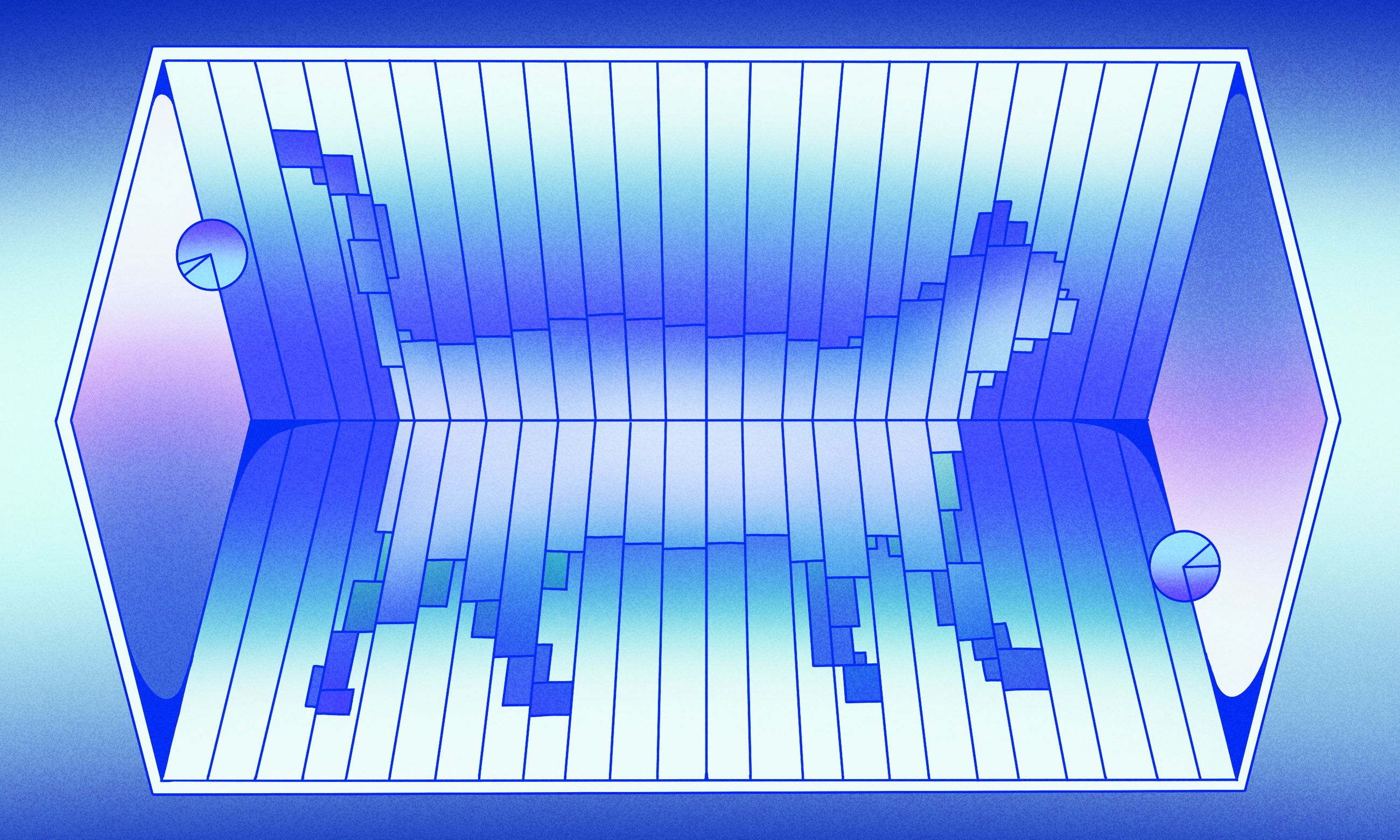When I started my journey into Product Analytics, I immediately thought of Schrodinger’s Cat. You’ve probably heard about it at some point – it’s a famous thought experiment often mentioned in TV shows or during pseudo-intellectual conversations over a glass of wine.
Alive, dead, or both?
Devised by physicist Erwin Schrödinger in a discussion with Albert Einstein in 1935, the Schrödinger’s Cat thought experiment challenges quantum superposition as taught by the Copenhagen interpretation of quantum mechanics.
Cue science class blast from the past: Quantum superposition is a system that has two different states that can define it and it’s possible for it to exist in both. Only when it is measured does it drop out of superposition and adopt one state or the other.
To point out the paradox in the principle of quantum superposition, Schrodinger thought up a hypothetical experiment involving a cat, a flask of poison, and a radioactive source, all placed in a sealed box. If a single atom decays from the radioactivity, a mechanism shatters the flask, which releases the poison and kills the cat.
According to quantum superposition, until somebody looks in the box, the cat can simultaneously be considered alive and dead.
A product analyst’s box
Imagine the same experiment, only this time we have a digital product in the box.
Like in the original paradox, the product can exist in two realities. The proud team of product creators sees it as the most innovative product in the industry, but on the other hand, users don’t seem to grasp its real value. We can only tell what is real when someone opens the box and makes sense of the usability data. In this case, a product analyst.
Product creators can be completely unaware if their product is dead or alive unless they look deep into usability data.
Data-driven decision making
In the digital world, everything is measurable. You can count, you can track, you can group, you can play with data in many ways. It’s like asking your customers every now and then if they like the product, what they would change, and other open-ended questions to give you some insight you can use in the product development lifecycle.
Tracking tools provide more information than the most comprehensive customer survey with just a few clicks.
To get started, you need to choose your product analytics tool stack from hundreds of options available on the market. You can then sit down and think about your business goals and expectations for your product’s performance. You will also need a tracking plan that pinpoints the data you need to collect and how to collect it to answer your questions and concerns.
Think of the tracking plan as a communication channel between your product and your users. With good tracking, you don’t need to waste the users’ time with interviews or emails or compromise the user experience.
Unboxing revelations
When you open that box and see the truth, you can make improvements in many areas: features, product marketing, customer success management, or time and money optimization.
For example, you can tailor your marketing to specific user groups and improve feature adoption through better product marketing. You may also be able to improve your pricing model and money-related metrics. With regular insights from product analytics, you can even retire some features and save the resources required for keeping them alive.
Decisions about what to develop next will also be data-driven and, therefore, smarter. You can make a much stronger case for the stakeholders if you present the numbers – they will better understand why something should be a priority and why a certain issue is not on the list.
A Product Analyst’s interpretation of usability data should be the backbone of any product-related business decision.
Unboxing usability data
Schrödinger refused to naively accept a “blurred model” for representing reality as valid. You shouldn’t be left in the dark about the state of your digital product either.
Insight into usability data is the one thing your competitors cannot have and you can. You are the only one who can open that box, discover what’s inside, and then use your revelations to design the product that efficiently addresses your customers’ needs.
If you need a hand opening the data-packed box, reach out to our Data Team.











